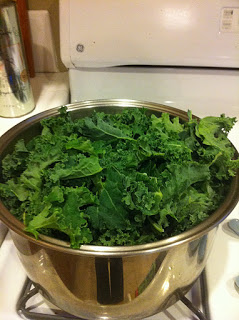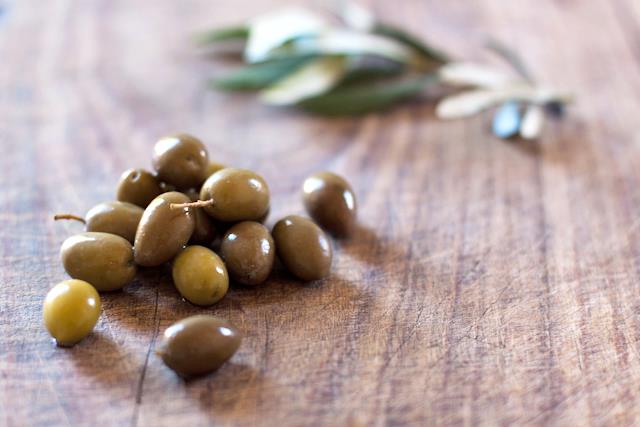Special thanks to Slow Food Urban San Diego volunteer Jenny Ikoma for these great food waste fighting recipes!
Cooking With Rind
How to get the most out of your food and reduce waste.
Parmesan is a wonderful ingredient in the kitchen but did you know that you can use the rind as well? Stop wasting those precious rinds and save them up in the freezer for some amazing uses. The natural rinds of cheeses like Parmesan, Pecorino, and Romano is air dried like a crust and edible. The rinds can be used to flavor soups, stews, rice and bean dishes almost like bay leaves. Parmesan rinds can even be thrown together with other vegetable scraps such as onion, celery, carrot, mushroom stems, and herb steams like cilantro or parsley to make a delicious and nutritious broth.
Basic White Beans
1Lb. dried white beans (great northern, cannellini, navy, zolfino for example)
10 cups of water (or broth as mentioned above)
1 bay leaf
3 cloves of garlic peeled and smashed (more if desired)
1 Tbs olive oil
Cheese rind
Heavy pot or slow cooker
- Wash beans and place in pot with water, bay, garlic, and oil.
- Bring to the boil over high heat. Once at a boil turn to low heat
- Simmer 30-60 min or until beans start to soften then add cheese rind and continue to simmer until fully cooked
- Drain if desired and season with salt and pepper to taste.
Tips:
Do not add salt or use salted stock/broth at the beginning of the cooking process so that the beans cook quickly and evenly.
Any fresh or dried herbs can be added to the cooking process as desired.
Once cooked beans can be eaten as is or added to soup, pureed into a dip, topped on pizza, mixed into pasta, tossed into salad, or pared with rice.
Dried beans are versatile, healthy and cheap!
Fish Stock
How to get the most out of your food and reduce waste.
If you ever take a Saturday morning trip over to the Tuna Harbor Dockside Market at the Port of San Diego you will see a dazzling array of seafood for sale direct from the fishermen who just caught it. While you can get a whole fish at a fraction of the cost of the grocery store it can be a bit daunting to purchase. What do you do with a whole fish? There is a butchering station there that will cut it up for you but don’t waste those heads! Make your money go even farther by cooking up some fish fumet that can be used to make healthy and delicious soups and pastas. Use it in chowders, bisques, cioppino, miso, even as a warm cup of “bone broth”.
Fish Fumet
1 Fish head (I used Opah) and bones if desired
1 large onion, small dice
2 carrots, small dice
3 celery stalks, small dice
2 Tbs butter or olive oil
2 bay leaves
2 Tbs peppercorns
6 sprigs thyme (or ½ tsp dried)
1 bunch parsley or cilantro stems
¼ Cup dry white wine or lemon juice
Aprox. 2 quarts cold water or enough to cover bones
Large pot
- Wash head and bones well and set aside
- Melt butter in large stockpot over medium heat and add onion, carrot, celery, bay, peppercorns, thyme and parsley, stirring often until vegetables become soft but not brown.
- Place fish head and bones in pot. Cover pot and let cook about 10 minutes or until bones have turned white
- Add wine or lemon juice then cover with water and let simmer on low heat approximately 30 minutes.
- Strain through a cheesecloth set inside a fine mesh strainer and cool over an ice bath if not using immediately.
- Once cool refrigerate for up to 3 days or freeze up to 2 months. Like all homemade stock it will have a jellied consistence when cool but will melt when reheated.
Tips:
Great way to use up vegetable trimmings as well. Feel free to add other vegetables such as mushrooms, leek, garlic, fennel but avoid strong flavors like broccoli, asparagus or bitter greens.
Oily fish such as salmon, tuna, or mackerel have a strong flavor and will make a stock right for their own chowders but will be too strong for other applications.
Easy stocks can also be made using crustacean shells like shrimp or crab.

 We'll restart our seafood Saturdays tastings in 2017! Stay tuned!
We'll restart our seafood Saturdays tastings in 2017! Stay tuned!
 Sheephead Recipes
Sheephead Recipes

















 The holidays are upon us. Often this time of year inspires weeks of personal reflection and heartfelt nostalgia while simultaneously evoking a need to scribble out a long list of resolutions. The top of my list for 2013? A juicing cleanse to kick off a healthy new year! But who am I kidding? Now is not the time to start said cleanse- there is still a whole week left in 2012 to indulge in sugar-toned gluttony and deep-fried tastiness!
The holidays are upon us. Often this time of year inspires weeks of personal reflection and heartfelt nostalgia while simultaneously evoking a need to scribble out a long list of resolutions. The top of my list for 2013? A juicing cleanse to kick off a healthy new year! But who am I kidding? Now is not the time to start said cleanse- there is still a whole week left in 2012 to indulge in sugar-toned gluttony and deep-fried tastiness!

 They are pumpkin orange, tomato round, and berry sweet. They are a mystery to many but once a slice of this unique fruit is picked off a plate at the farmer's market and the tongue gets a taste of that subtly sweet flesh, there is no turning back: every fall you will look for those little globes of deliciousness gracing your favorite orchard's table. You can add persimmons to that must-have list of other unique fruits like pomegranates and Asian pears (which are also in season right now).
They are pumpkin orange, tomato round, and berry sweet. They are a mystery to many but once a slice of this unique fruit is picked off a plate at the farmer's market and the tongue gets a taste of that subtly sweet flesh, there is no turning back: every fall you will look for those little globes of deliciousness gracing your favorite orchard's table. You can add persimmons to that must-have list of other unique fruits like pomegranates and Asian pears (which are also in season right now).




